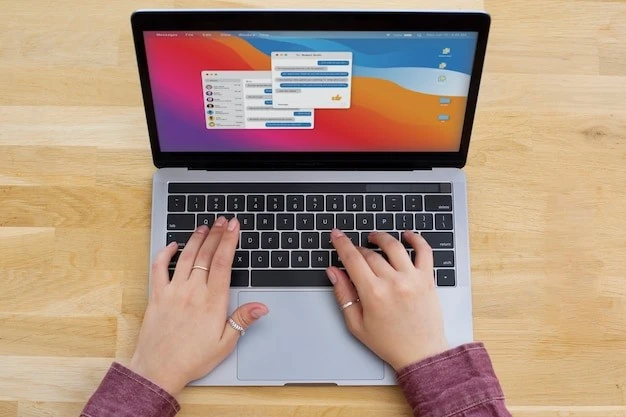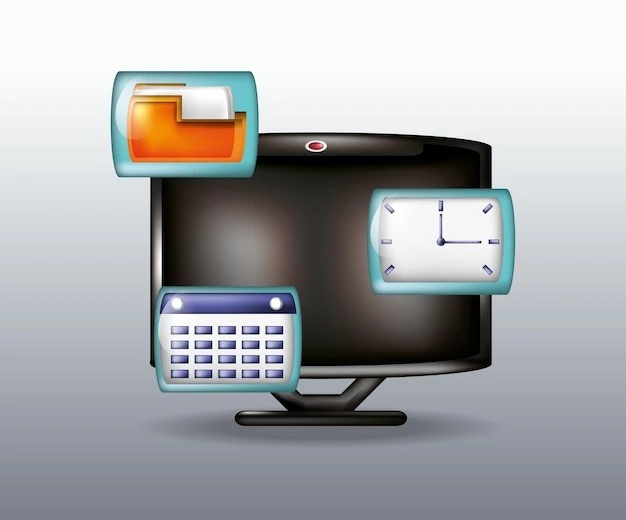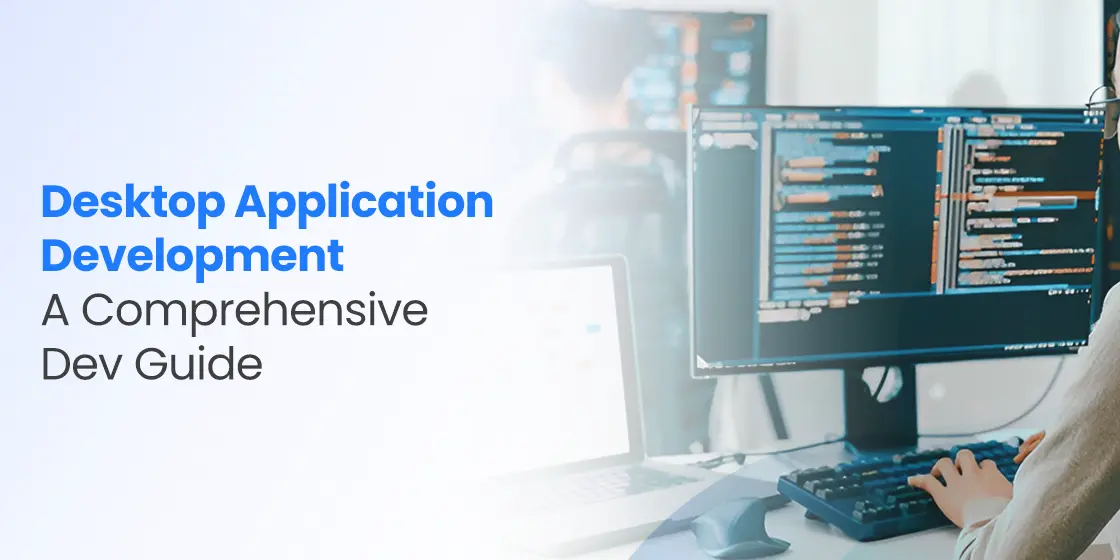Table of Content
Discover How to Leverage Desktop App Development to Your Benefit
Desktop applications continue to play a vital role in today’s digital landscape, offering powerful functionalities and a seamless user experience for various tasks. From productivity suites like Microsoft Office to graphic design tools like Adobe Photoshop, desktop applications cater to a wide range of needs, powering businesses and personal endeavors alike.
Desktop applications, unlike web applications, reside directly on the user’s computer, offering several advantages. They typically provide faster performance and offline functionality, as they don’t rely on an active internet connection. Moreover, desktop applications can leverage the full power of the user’s operating system, accessing system resources and hardware more directly. This allows for features like advanced graphics processing, seamless integration with hardware devices, and enhanced security.
The development of desktop applications involves a unique set of considerations and technologies. Therefore, in this guide, we will explore the intricacies of desktop application development, discuss the different types developed by custom software development services, the underlying technologies, and the key steps involved in the development process.
So, let’s begin.
Desktop Applications Explained – What Are They and How They Work?

Desktop applications are software programs designed to run directly on a user’s computer’s operating system, such as Windows, macOS, or Linux. Unlike web applications that run in a web browser, desktop applications are installed locally on the user’s device. This provides several key advantages:
- Offline Functionality: Desktop applications can operate without an internet connection, enabling users to work offline and access data even when offline.
- Enhanced Performance: Direct access to system resources allows for faster processing speeds and improved performance, especially for resource-intensive applications.
- Hardware Integration: Desktop applications can seamlessly integrate with hardware devices such as printers, scanners, and external storage devices.
- Stronger Security: Desktop applications can implement more robust security measures, as they operate within a more controlled environment.
Examples of popular desktop applications include:
- Productivity Suites: Microsoft Office (Word, Excel, PowerPoint), Google Workspace
- Graphic Design Tools: Adobe Photoshop, Illustrator, CorelDRAW
- Multimedia Players: VLC Media Player, iTunes
- Communication Tools: Skype, Slack, Zoom (desktop clients)
- System Utilities: Anti-virus software, system optimization tools
Various Types of Desktop Applications You Will Encounter These Days
Desktop applications come in various forms, each with its own unique characteristics and use cases. The most common software development models include:
- Native Applications: These applications are specifically designed for a particular operating system (e.g., Windows, macOS, Linux). They offer the best performance and integration with the operating system but require separate development efforts for each platform.
- Cross-Platform Applications: These applications are designed to run on multiple operating systems with minimal modifications. Technologies like Electron, Qt, and Java allow developers to create cross-platform applications with a single codebase.
- Web Applications with Desktop Integration: These applications combine the flexibility of web applications with the features of desktop applications. They often use technologies like Electron to package web applications as desktop applications.
How Do Desktop Applications Work?

Desktop applications interact with the operating system through a set of APIs (Application Programming Interfaces). These APIs provide access to system resources, such as the file system, hardware devices, and user interface elements.
The application’s code is executed by the operating system’s runtime environment. This environment provides the necessary resources and services for the application to function correctly.
Desktop Application Development – A Comprehensive Guide
Developing a desktop application involves a multi-step process:
- Planning and Design:
- Define the application’s purpose, target audience, and key features.
- Create wireframes and prototypes to visualize the user interface.
- Determine the technical requirements and choose the appropriate development tools and technologies.
- Development:
- Write the code for the application using the chosen programming language and development tools.
- Develop the user interface (UI) and user experience (UX).
- Integrate necessary features and functionalities.
- Testing:
- Thoroughly test the application for bugs, errors, and compatibility issues.
- Conduct user testing to gather feedback and make improvements.
- Deployment:
- Package the application for distribution.
- Create an installer for easy installation on user devices.
- Consider options for software updates and maintenance.
- Maintenance and Support:
- Provide ongoing support and maintenance, including bug fixes and security updates
- Reveal new feature releases
What Tools and Technologies are Used in Desktop Application Development?

The choice of tools and technologies depends on various factors, such as the target platform, the application’s complexity, in-house or outsourcing software development team, and the developer’s preferences. Some commonly used tools and technologies include:
- Programming Languages: C++, C#, Java, Python, JavaScript (with Electron), Swift (macOS)
- Development Environments: Visual Studio, Eclipse, IntelliJ IDEA, Xcode
- Frameworks and Libraries: Qt, WPF (Windows Presentation Foundation), JavaFX, Cocoa (macOS)
- Databases: SQL Server, MySQL, PostgreSQL
- Version Control Systems: Git
Conclusion
Desktop application development offers a unique set of challenges and opportunities. By understanding the different types of desktop applications, the development process, and the available tools and technologies, developers can create high-quality, user-friendly applications that meet the needs of their target audience. As technology continues to evolve, desktop applications will continue to play a crucial role in various industries, from business and productivity to entertainment and education.

Empower your digital journey with StruqtIO - Your dedicated partner for cutting-edge custom software development, innovation, and digital transformative solutions. Harness the power of technology to elevate your business and redefine your digital landscape today.


